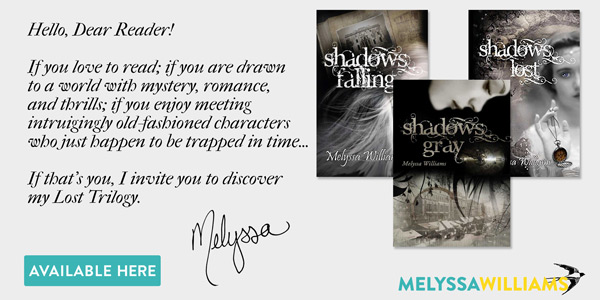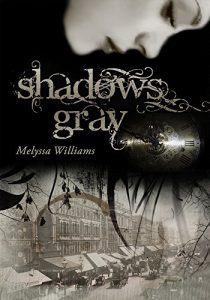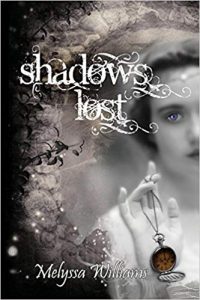Having your novel chosen by a book club is a novelist’s dream.
Think of the conversations it will start concerning your carefully placed words, how many paperback copies will be purchased, how it will be passed around the group, dog-eared, and debated.
You simply cannot buy that kind of dedicated audience.
If you’re wanting to write a novel that will appeal to book clubs, you’ll want to break down what you’re offering in five steps. Include these tips when writing your book, and it may just be the perfect pick of the month in someone’s book club.
Please note that this post contains affiliate links, which means that if you purchase something you see on our site we may receive a commission at no cost to you. Read our full disclosure here.
How TO WRITE A BOOK CLUB PICK
Step One: Pick Your Cast of Characters Wisely
A good book club book is one that’s full of eccentric characters that the book club members can relate to. More than just a villain and a hero, you need your book to have a wide selection of personalities. A few to choose from:
- an elderly and persnickety neighbor
- a family with a baby
- a homeless person
- a hair stylist who knows all the gossip
- someone who works nights/graveyard shifts and sees things others don’t
- someone who works in fast food
- an undertaker
- a very pregnant woman
- an ex-hippy
- a man who’s been married three times
- a child star, all grown up
- twins
- a high school football star
- someone with a disability
- a couple in the midst of divorce
- a couple in the midst of planning their wedding
- a butcher
- a baker
- a candlestick maker
Once you’ve selected your cast of characters and assigned jobs for them to do (in short, making life difficult for your protagonist), you’re golden.
Book club members will find someone they relate to, who makes them laugh, who makes them nostalgic, who makes them force a heart connection with your book.
A good book club pick will have a minimum of six characters, but no more than double that or your readers will likely become confused and need a flowchart.
Step Two: Center the Plot Around a Group or Gathering
Book clubs are a gathering of their very own; hence the word ‘club.’ So it makes sense that these readers enjoy camaraderie, friendships, getting together, and socializing.
A good book club pick is one that builds up suspense (even if it’s not in the thriller genre) in a group of people.
Gatherings and groups you can work your novel around might include:
- a high school reunion
- the employees at a cupcake bakery
- a camping trip
- a summer camp
- a group of woman who have been friends for more than twenty years
- a road trip
- a destination wedding
- a bridal shower
- a theater and its actors
- the inhabitants of a high rise apartment building in the city
- a weekend getaway at a spa
- a cruise ship
- a group expedition to hike a famous mountain
- the employees at a haunted hotel
- the teachers at a prep school
- a group of girls or boys at a boarding school
- an office of small town police officers
- a book club
- the people at the dog park
Giving your cast of characters the same main objective and a reason to be together is key.
Step Three: Write Short Chapters
Many book club members are young moms, stay-at-home dads, or working professionals. They need books that they won’t want to put down, but when they do, will be easily submerged into later when they get a chance to pick it back up again.
Short chapters are the easiest way to accomplish this.
Busy adults are not that much different then children: concise bursts of reading will keep them happy.
On the flip side, huge chapters in a tome that takes forever to find a place to bookmark will overwhelm the reader, causing them to drop out of this month’s book club pick.
Try breaking down your novel into bite size chunks:
- a prologue to get the ball rolling and get your readers excited about what’s coming
- chapters 1-10 to introduce your characters, what they want/need, and the obstacles standing in their way
- chapters 11-21 to make everything go terribly wrong
- chapters 22-30 to come to a climax and finally have a resolution
- an epilogue
- a list of well-thought book club questions for discussion
30 chapters of approximately 5 pages each will be equal to a novel in the 80,000 word range. Right in the middle is where you want to be!
Step Four: Put Your Characters in Impossible Spots
You want your readers to first identify with your characters, imagine they are in that predicament, then wonder what they would do in his/her place.
This inspires conversations later in the book club. It’s easy to think we know what we would do in a situation… make them rethink!
Ideas to blow your reader’s minds just a little:
- a cancer patient who refuses treatment
- a kidnap victim who doesn’t want to be found
- a compulsive shoplifter who gets caught
- a drunk driver
- a parent who gives up their baby for adoption
- a couple who adopt a child only to give them back
- a woman who remarries after her husband goes missing, only to find him years later
- a young adult who lives off the grid and doesn’t know his/her parents have died
- someone who leaves their suburban life to become Amish
- a gay man who lives a straight lifestyle
- a couple waiting to divorce until their children leave the house
- a police detective who knows the answer to an unsolved crime but won’t come forward
- a family who shields their mentally ill child from the world
- a hoarder who appears normal outside of their home
Provide impossible scenarios, and then, like the amazing writer you are, come up with solutions that will make your readers gasp, fume, or be content, depending on who they are.

Step Five: Sprinkle in Cliff Hangers
Just like we learned earlier, books are set down, moved around, relocated, picked back up, gather dust, end up in the bathroom, and have a lot of traveling to do before their covers are closed for the last time.
A good book club pick will have plenty of cliff hangers at the end of chapters, and maybe a killer twist at the end.
Some cliff hanger ideas and twists you could consider:
- an affair is revealed
- a pregnancy
- someone disappears
- a car crash happens
- someone who was thought long dead shows up
- a routine operation becomes complicated
- someone admits something shocking
- a pet dies
- a secret is spilled
- someone isn’t who they’ve been saying they are
Cliff hangers keep the dust from gathering on your novel and make for lively discussions between the book club members.
Step Six: Choose The Right Genre
Finding the right genre is important if you want a book club to choose your novel.
Stay away from genres that some people really love to hate: erotica or horror, for example. There will be too many naysayers to make your book agreeable to the general group.
Think about the book club selections that make it big: they have the right mix of romance, humor, suspense, and drama.
Genres that book clubs may be interested in reading:
- contemporary ‘chic-lit’
- romance
- Christian romance
- historical
- suspense
- gothic mystery
- humor non-fiction
- how-to non-fiction
- a book written about a specific town/city
- true crime
- alternate history (i.e. Steampunk, Dieselpunk, or Cyberpunk)
Finding your genre is like finding your niche. And in the search, you’ll also find your audience.
AND your book club book.
PIN IT





